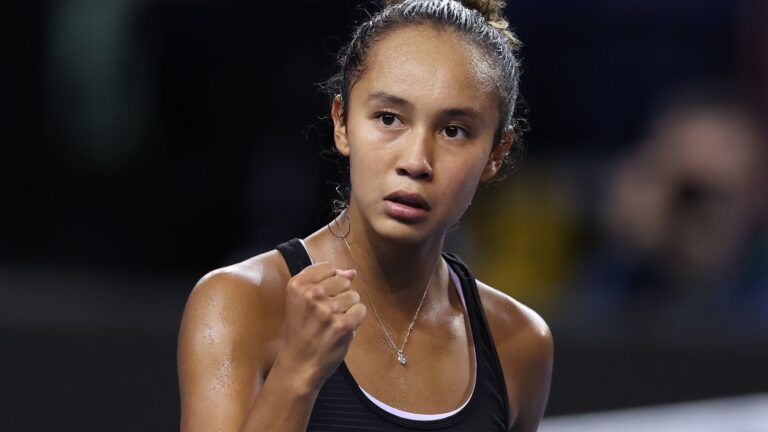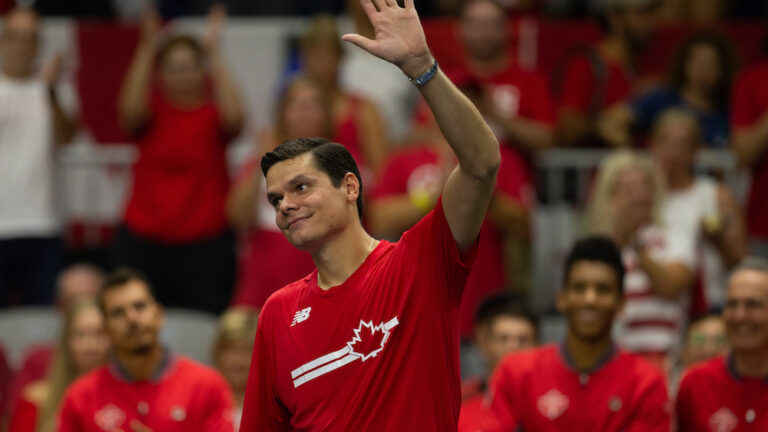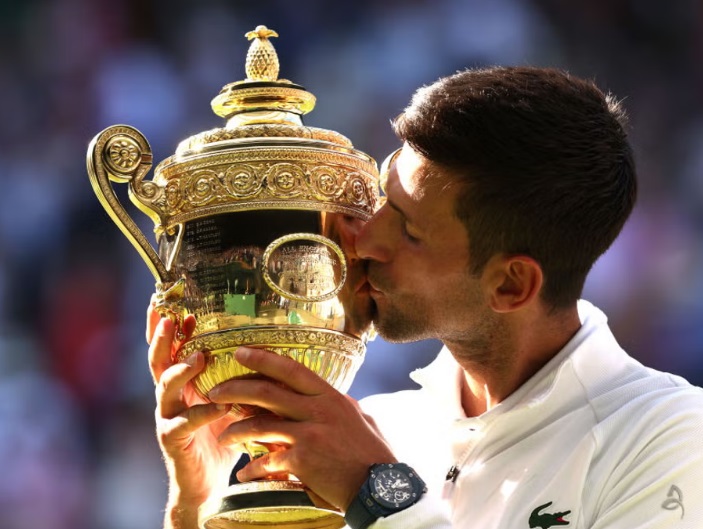
Photo : Independent
Ever notice that the winner of the gentlemen’s singles draw at Wimbledon gets a trophy with a pineapple on it?
Ever wonder why?
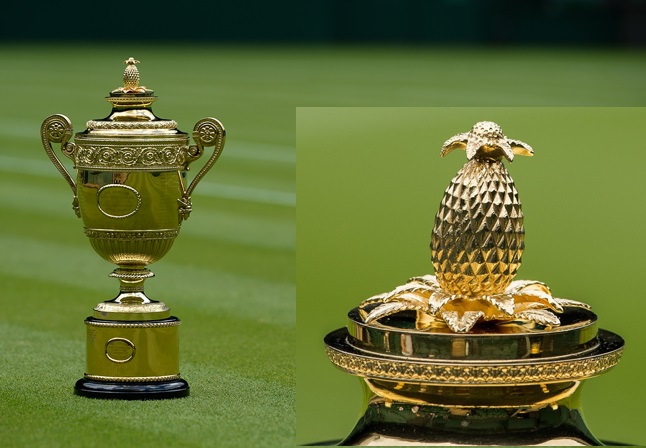
Wimbledon’s official website reads: “When The Championships began in the latter half of the 19th century, pineapples were prized as a rare and exclusive food. (…) Pineapples remained expensive to import or grow in western Europe and serving them was thus an indication of high status.”
Read also: Wimbledon Gets Rolling
In support of this sociohistorical hypothesis, it’s worth noting that the tournament isn’t the only competition to award a trophy topped with a pineapple. The Webb Ellis Cup, which goes to the winner of the men’s Rugby World Cup, has one too.
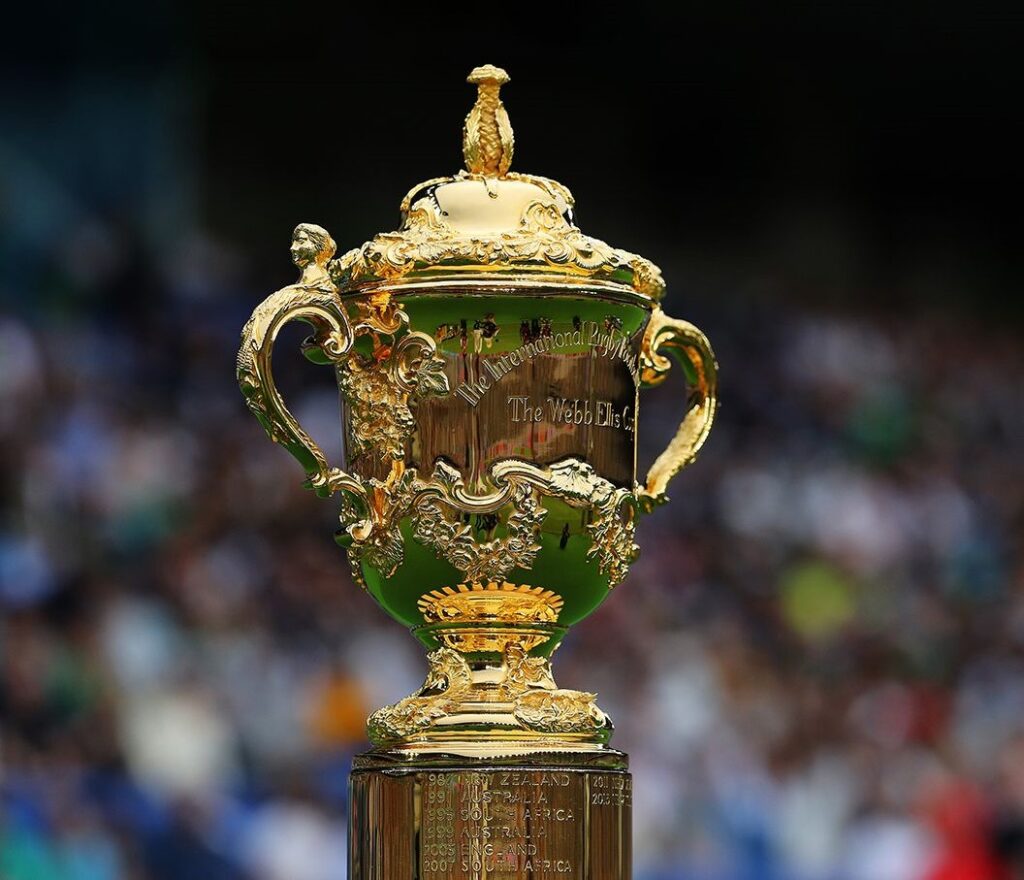
Late last year, the Webb Ellis Cup made Eurosport’s ranking of the most eye-catching trophies along with the championship tokens presented in the NBA and NHL and in soccer and sailing.
The golden tropical fruit has also inspired scores of fans, including Chris Fava here in 2018.
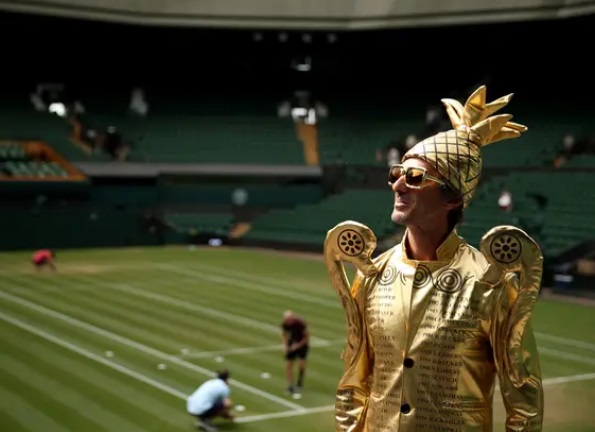
Slazenwho?
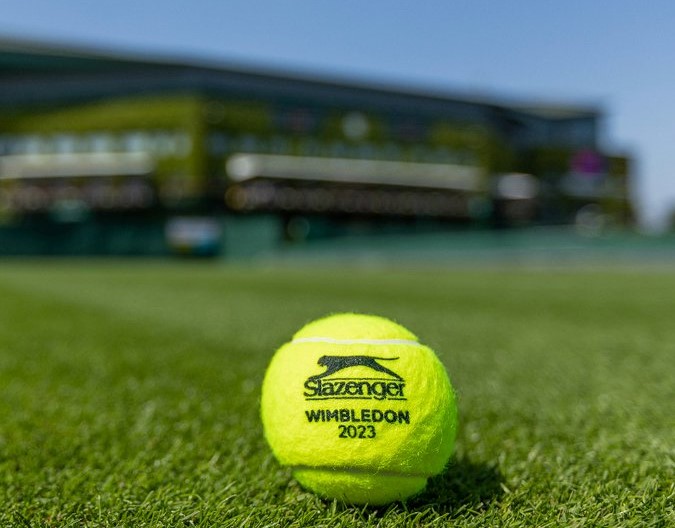
Forget your Wilson, Penn and ProPenn balls.
This grass season, fans everywhere are (re)discovering Slazenger—a relatively unknown tennis brand that actually predates all the others.
Read and listen: Match Point Canada’s Wimbledon Preview
When I started playing tennis in the mid 60s, Slazenger balls where white with a black panther pouncing over the nine letters that make up the name.
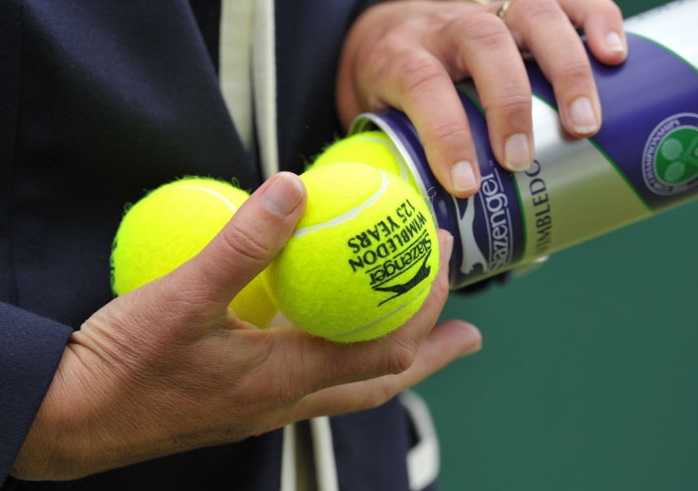
Created in 1881 by brothers Albert and Ralph Slazenger and launched at Wimbledon in 1902, Slazenger was THE brand. In 1985, it was acquired by Dunlop and became Dunlop Slazenger. In 2004, it went to Sports World International.
Read also: Djokovic the Favourite at Wimbledon
As you would have thought, Slazenger specialized in lawn tennis equipment. Even today, experts agree that it’s the best option for grass court tennis owing to the balls’ medium bounce, which perfectly suits the superfast surface.
For every championship, Wimbledon stocks up on 55,000 Slazenger balls, including 20,000 for the qualifying event and practice sessions.
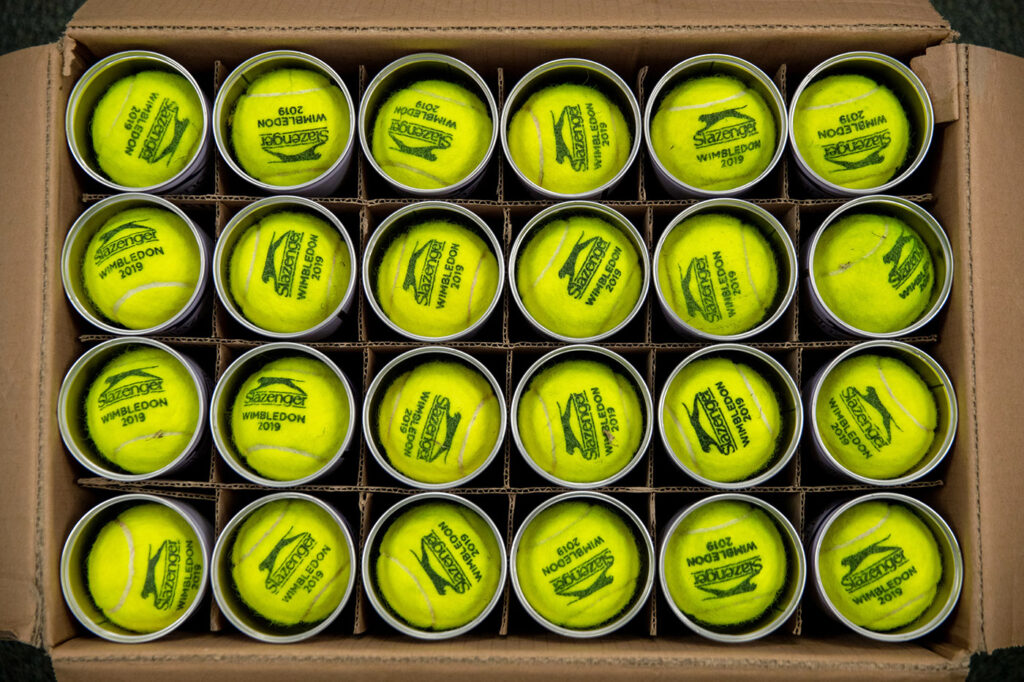
Here’s a piece published in Forbes back in 2014. The numbers have likely changed, but the substance is still interesting as far as the statistics on the Wimbledon balls. Even though Slazenger operates a factory out of Derbyshire, about 300 kilometres outside London, the balls travel across 4 continents and 11 countries.
Not exactly an exemplary carbon footprint.
Wimbledon by the numbers:
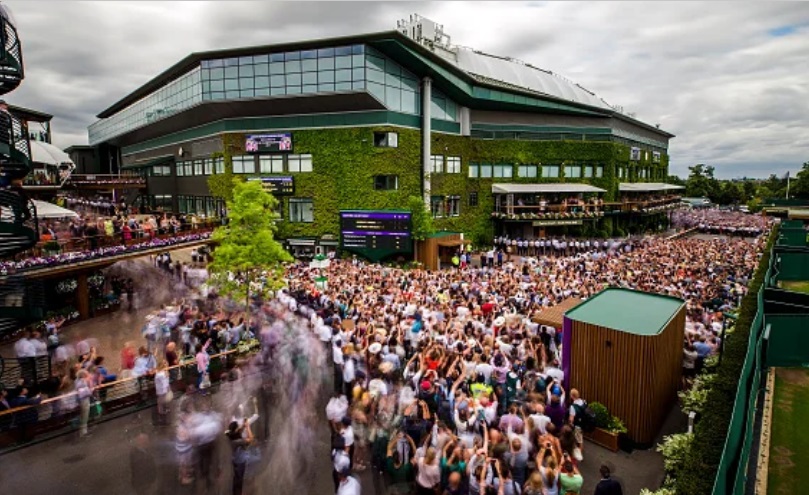
- 146 years since the first men’s tournament in 1877
- 86 years since Wimbledon was first broadcast on BBC
- 55,000 balls used during the tournament
- 2,000 racquets strung
- 64 kilometres of string used
- 679 matches played
- 250 ball persons at the ready
- 500,000 ticket holders (2019 record)
- 234,000 meals served
- 192,000 punnets of strawberries sold
- 29,000 bottles of champagne uncorked
LDN–NYC
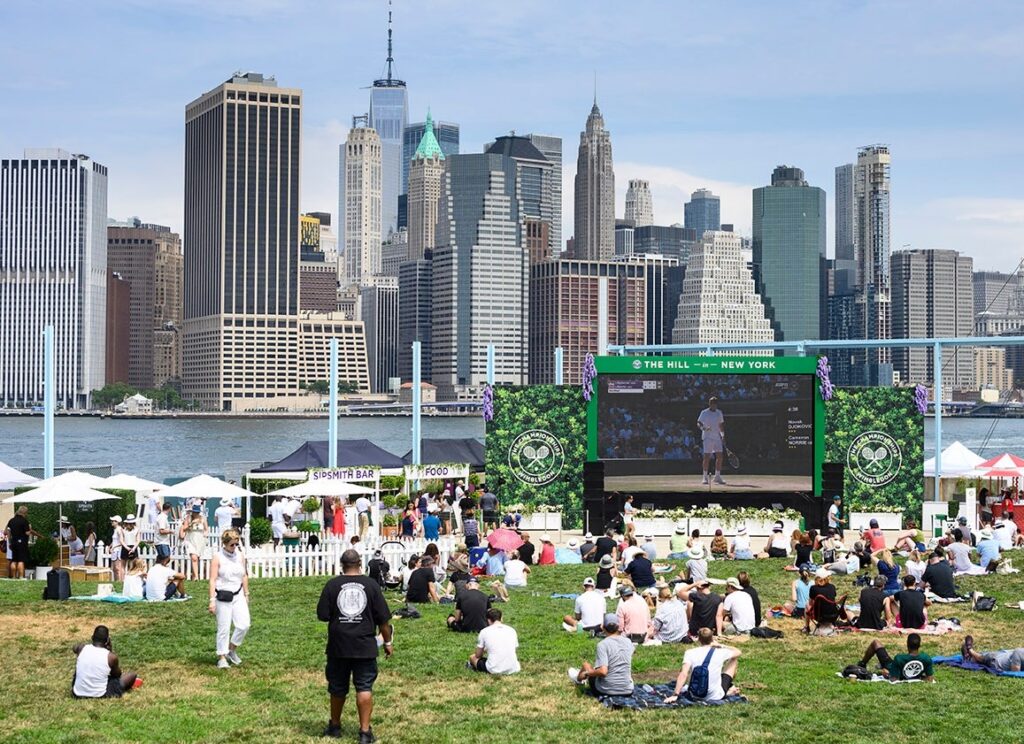
A prestigious tournament like Wimbledon is something fans don’t want to miss.
Read also: Fernandez Fights to First Wimbledon Win; Auger-Aliassime Out
New York came up with the fun idea to create a grassy space, just like one you’d come across at the All England Lawn Tennis Club, where you can catch all the action from London even without a seat on Centre Court. A bit like Aorangi Terrace next to Court no.1, better known as Henman Hill in honour of Tim Henman who was a semifinalist there in 1998 and rose to No.4 in 2002.
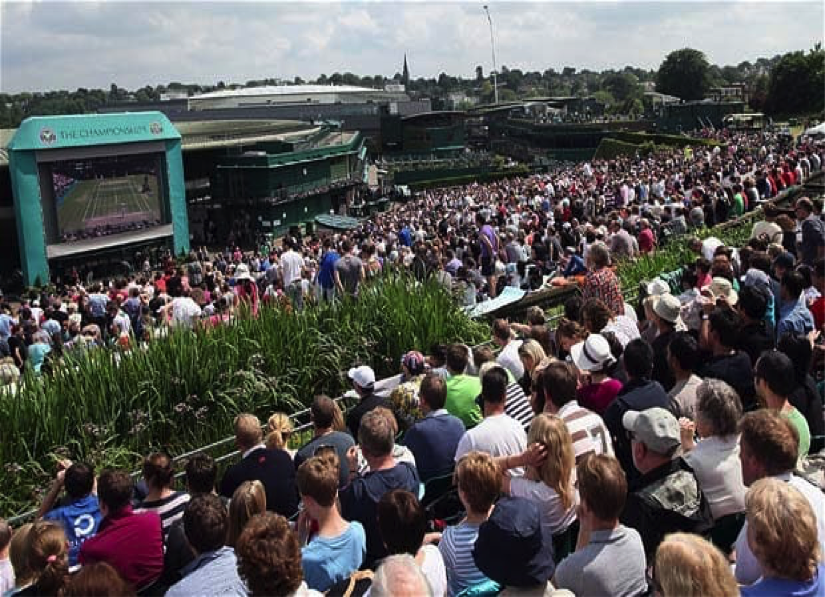
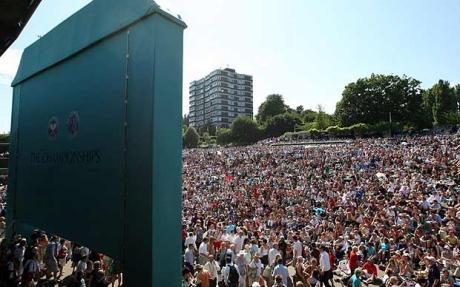
Over the years, Henman Hill has seen its fair share of alliterative nicknames, including Murray Mound, Konta Contour and Raducanu Ridge, for the Brits in competition.
Read also: Strong Canadian Presence at Wimbledon
That made Tennis.com wonder whether the NYC equivalent should be called Billie Jean Bank. But for now, it’s just the Hill.
So on July 14, 15 and 15, Pier 6 in Brooklyn Bridge Park is reserved for the men’s semis, women’s final and men’s final with space for up to 1,000 people.
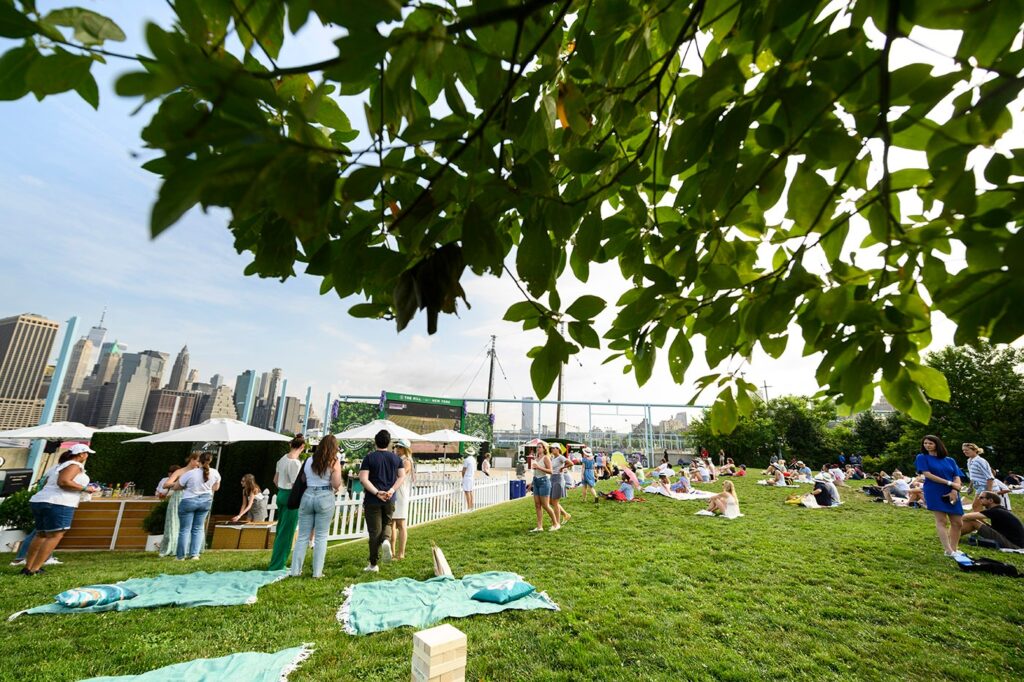
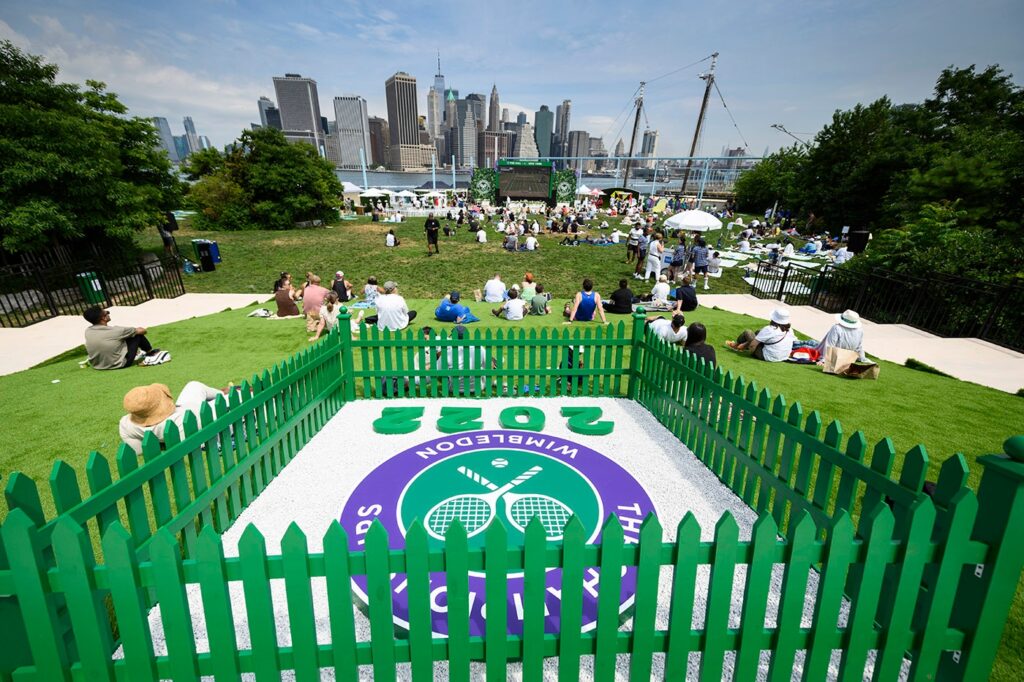
When I was in London for the 2012 Games, I made my way to Henman Hill to watch Andy Murray win his gold medal and found myself in the middle of the jubilant crowds cheering on one of their own.
It was an experience beyond words, and I took a slew of photos to remember it.
Back then, I used a digital camera—not ideal for taking selfies. (I’ve since improved my technique thanks to my trusty camera phone).
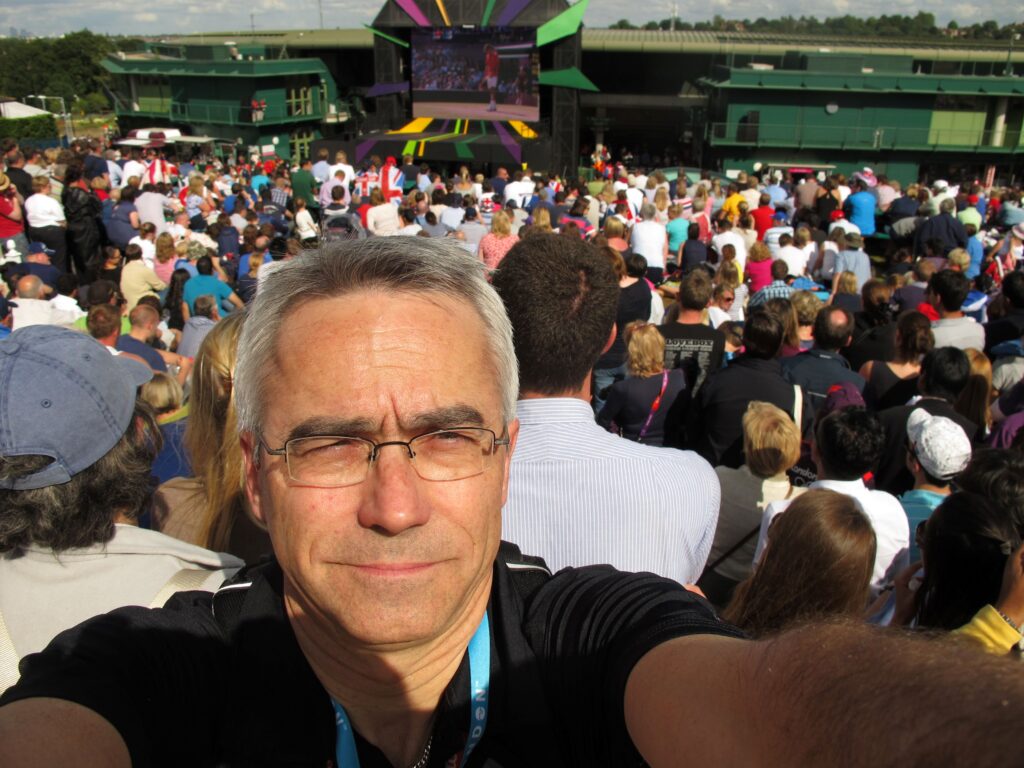
Short notice at Wimbledon
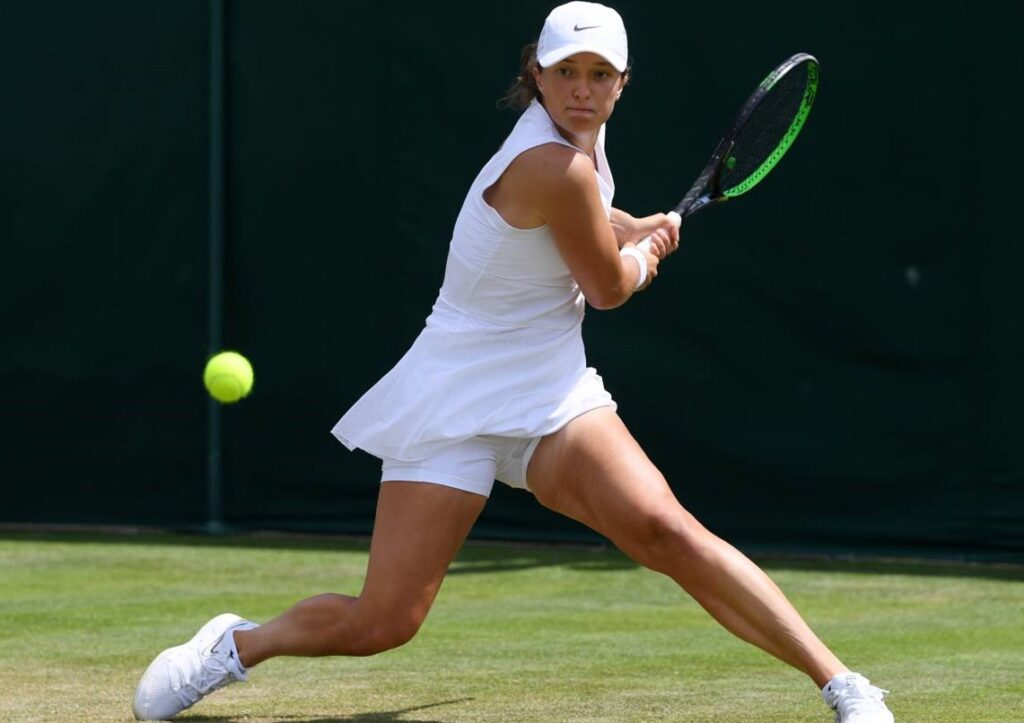
Wimbledon continues to evolve.
In 2023, WTA players are finally allowed to wear dark undershorts.
Read also: Zhao Qualifies for First Grand Slam Main Draw
The AELTC made the decision last November in an effort to address the concerns of those who are menstruating. Over the years, numerous women had expressed the anxiety they face when competing in all-white.
In 2007, Tatiana Golovin was among the first to protest on the court when she wore bright red undershorts to her match.
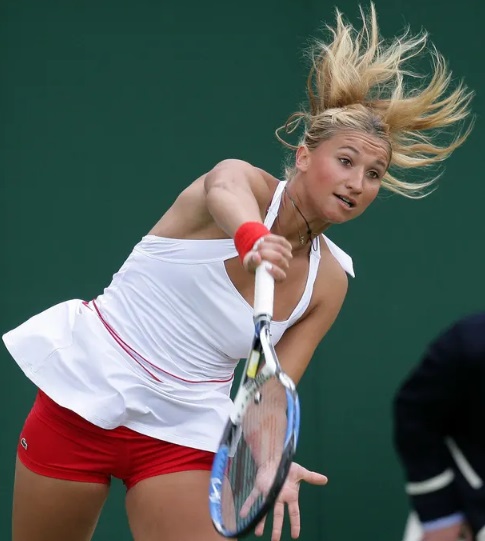
At Wimbledon, tradition is everything. But no tradition should override pure and simple logic.
Popular purple perennial
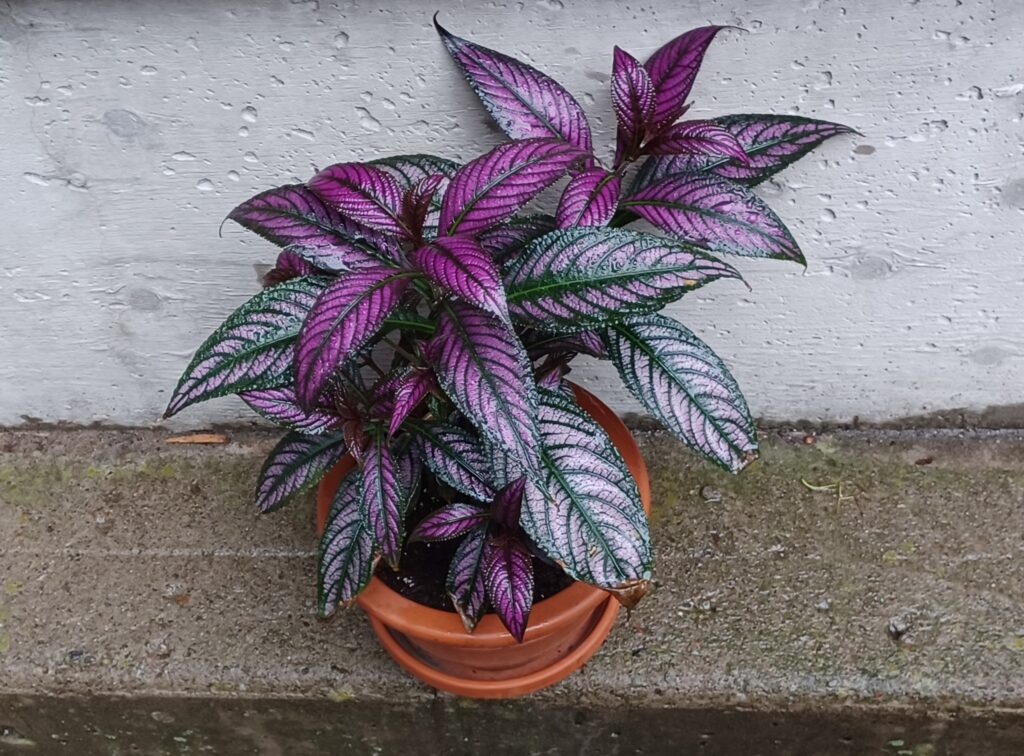
To wrap up this special Wimbledon edition, here’s a pic of my new favourite plant.
When the dark green and purple caught my eye in the florist’s window, I couldn’t resist. It’s Strobilanthes dyerianus, a flowering perennial in the Acanthaceae family that’s native to Myanmar.
Read also: Canada’s Rich History of Doubles Success Continues
But I prefer its common name: Persian shield.
Even with no champagne, strawberries or grass, I’ll still have a bit of Wimbledon on my deck all summer long.
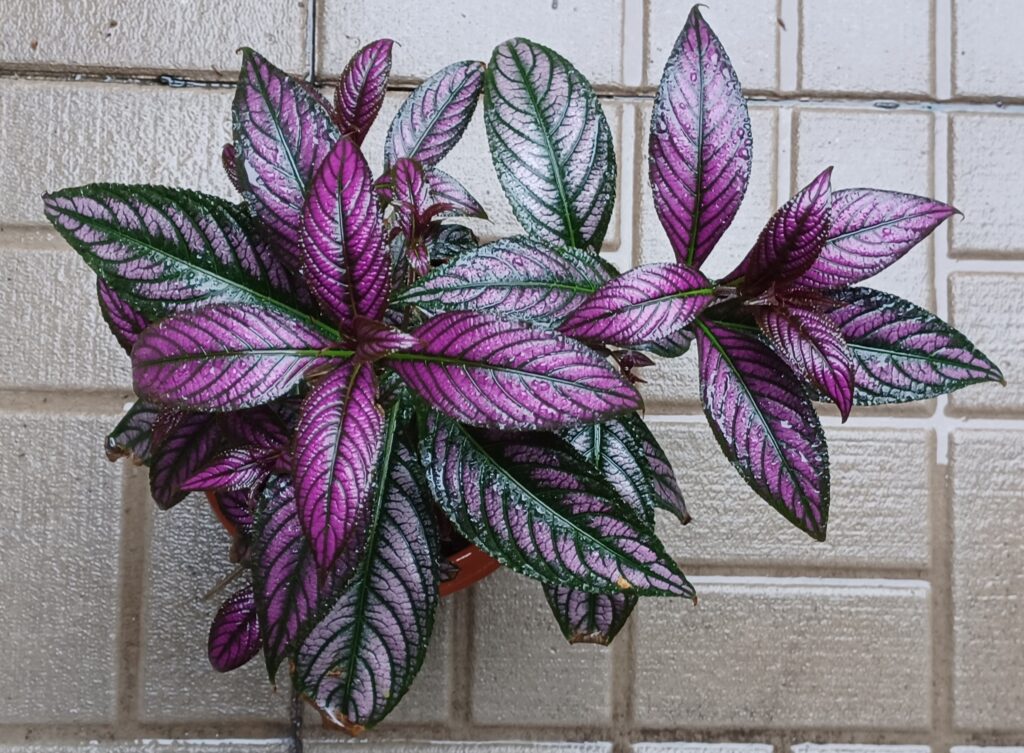
For more on the Championships, head over to last year’s special Wimbledon edition for talk about the grass (of course), Rufus the Hawk and the rain delays.
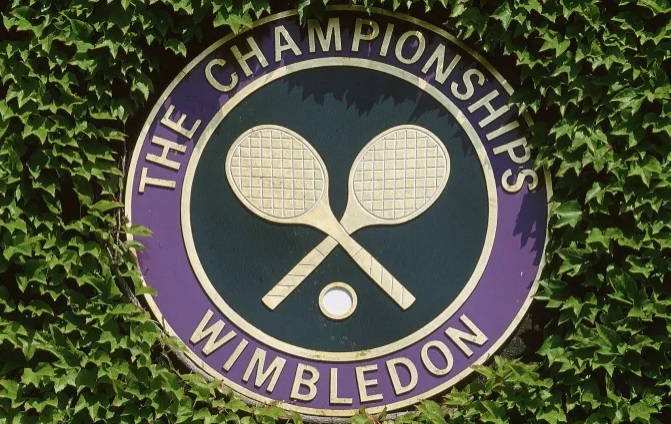
=======================================================
Email: privard@tenniscanada.com
Twitter: @paul6rivard
Follow all our Canadians in action here.

